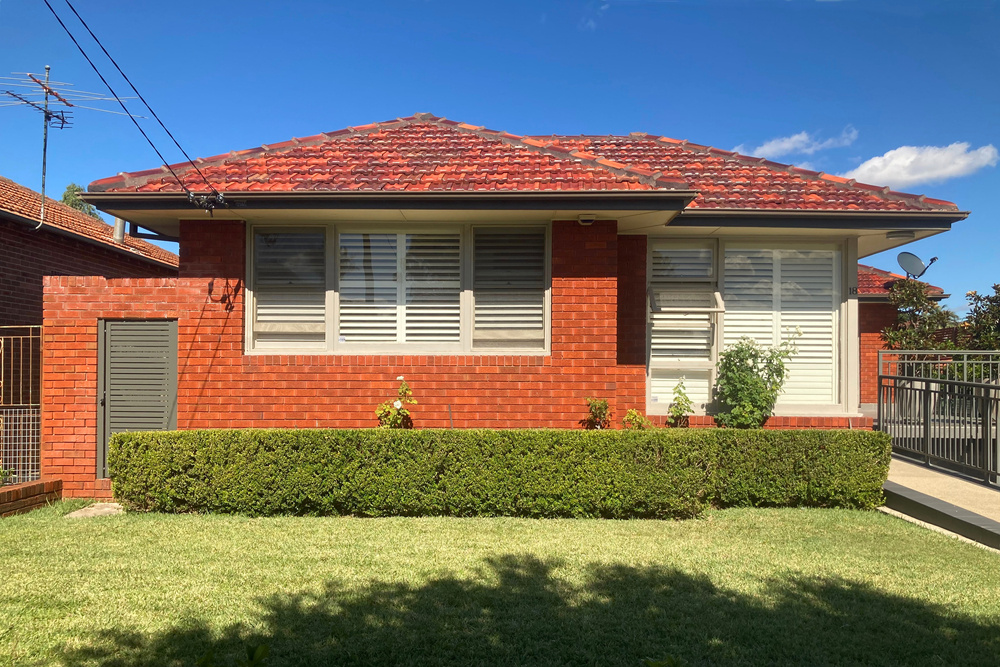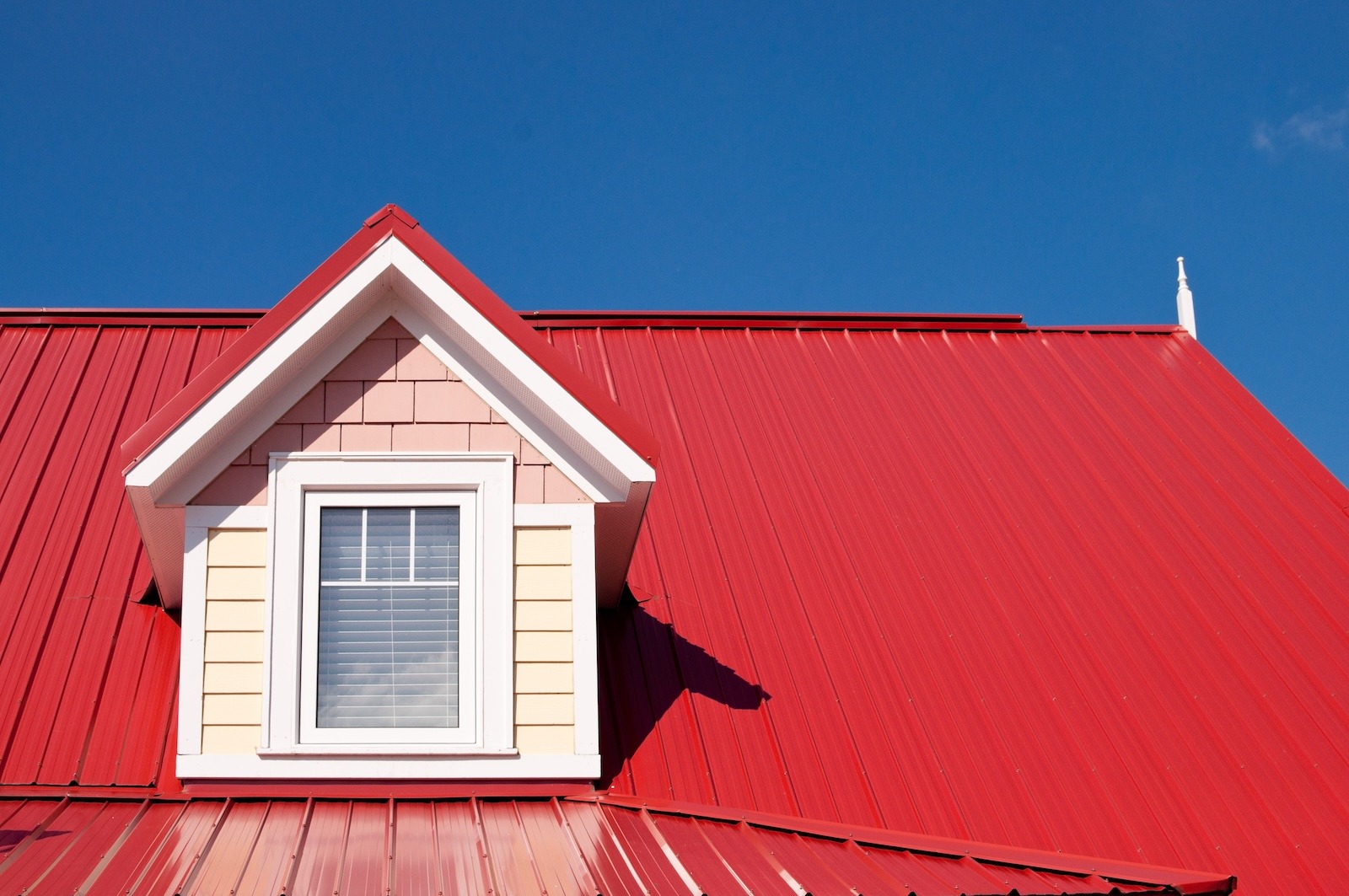
Jun
6 Modern Roofing Materials for Your Home
When it comes to building or renovating a home, the roof plays a massive role in both how your place looks and how well it performs. Today, there are plenty of modern roofing materials for roof replacement and design types to suit different homes, climates, and budgets.
Whether you're seeking a sleek, flat roof or something more architectural, it’s worth understanding the pros and cons of each option before making your choice.
Let’s dive into six popular modern roofing types that are making waves in contemporary builds, and how to figure out which one’s right for you.
1. Metal Roofing
Metal roofs have come a long way. Today’s versions are sleek, stylish, and incredibly durable. You’ll often see them on modern homes with metal roofs, including everything from minimalist builds to bold mid-century modern designs. Made from steel, aluminium, or zinc, metal panels are either laid in long sheets or interlocking standing seams.
Pros:
- Long lifespan (40–70 years)
- Excellent resistance to fire, wind, and pests
- Reflects heat, helping with energy efficiency
- Recyclable and sustainable
Cons:
- Higher upfront cost than some materials
- Can be noisy in heavy rain (though insulation helps)
- May dent from hail or falling branches
Great for homeowners looking for low-maintenance modern metal roofing materials that stand the test of time and look sharp.
2. EDPM Rubber Roofing
EPDM (ethylene propylene diene monomer) is a synthetic rubber membrane commonly used on low-slope or flat roofs. It’s often black, flexible, and easy to install, which makes it one of the go-to flat roof modern roofing materials for residential and commercial buildings.
Pros:
- Budget-friendly
- Lightweight and easy to install
- Withstands UV rays, hail, and extreme temperatures
- Simple to patch and maintain
Cons:
- Not as attractive as other materials unless covered
- Black surface absorbs heat (can be offset with reflective coatings)
- Shorter lifespan compared to metal (20–30 years)
Perfect for garages, extensions, or modern homes that need an affordable, low-slope roof solution.
3. TPO Roofing
TPO (thermoplastic polyolefin) is a single-ply roofing membrane that’s becoming a favourite for modern flat roof designs. It usually comes in bright white and is heat-welded at the seams to create a waterproof barrier.
Pros:
- Very reflective, reduces cooling costs
- Seamless installation reduces leak risk
- Affordable and quick to install on large surfaces
- Holds up well to chemicals, UV, and punctures
Cons:
- Not as durable in extreme cold
- Quality can vary depending on manufacturer
- Still relatively new, so long-term performance data is evolving
A great option if you want a clean, minimalist modern exterior roofing look with strong energy efficiency.
4. Green Roofs
Green roofs are exactly what they sound like: layers of vegetation planted over a waterproof membrane. They’re increasingly seen in contemporary modern roofing materials lists because they look amazing and bring serious eco benefits.
Pros:
- Improves insulation and reduces heat island effect
- Absorbs rainwater and reduces runoff
Creates habitat for birds and pollinators - Can extend the life of the roof membrane underneath
Cons:
- Higher initial cost
- Requires maintenance (especially in dry climates)
- Adds weight, which may need structural support
Ideal for sustainable builds and homeowners looking to blend their home into a natural landscape.
5. Solar Roof Tiles
Solar roof tiles blend solar tech directly into your roofing material. These tiles look similar to slate or shingles, but they generate electricity just like traditional solar panels.
Pros:
- Clean, integrated aesthetic
- Generates power and reduces energy bills
- Long lifespan (25+ years)
- Often eligible for government incentives
Cons:
- High upfront cost
- Less efficient than traditional panels in some cases
- Repairs can be tricky if tiles are damaged
Great if you want to future-proof your home and maintain sleek lines in your modern roof design type.
6. Synthetic Composite Shingles
These are man-made shingles made from recycled plastics and rubber, designed to mimic slate or wood shakes. If you’re after mid-century modern roofing materials or something classic with a modern twist, these might be the answer.
Pros:
- Lighter than real slate or timber
- Durable and impact-resistant
- Fade-resistant and low-maintenance
- Often made from recycled materials
Cons:
- Higher cost than asphalt
- May not suit all contemporary styles
- Limited colour range compared to other materials
Excellent if you love the look of traditional materials but want a roof that lasts longer and requires less upkeep.
How to Choose the Right Roofing Material
Not sure which of these modern roofing ideas fits your home best? Here’s a simple framework to help you decide:
- Style matters. Is your home minimalist, mid-century modern, coastal, or industrial? Match your material to your architecture. Modern homes with metal roofs, for example, benefit from the clean lines and sheen of standing seam.
- Consider your climate. In hot, sunny areas, reflective materials like TPO or metal can help reduce cooling costs. In wet regions, waterproofing and slope are critical.
- Budget wisely. EPDM and TPO are cost-effective for flat roofs. Metal and solar tiles cost more up front but save over time. Composite shingles offer a premium look with less maintenance.
- Think long-term. Consider not just initial cost, but also lifespan, maintenance needs, and energy efficiency.
- Sustainability counts. If reducing your carbon footprint matters to you, green roofs, metal (which is recyclable), and solar tiles are strong choices among types of modern roofing materials.
No matter which option you choose, today’s modern roofing materials give you more freedom than ever to balance beauty, function, and sustainability. Take the time to weigh your options, and your roof will reward you for decades to come.
Contact our roofers if you need more information.



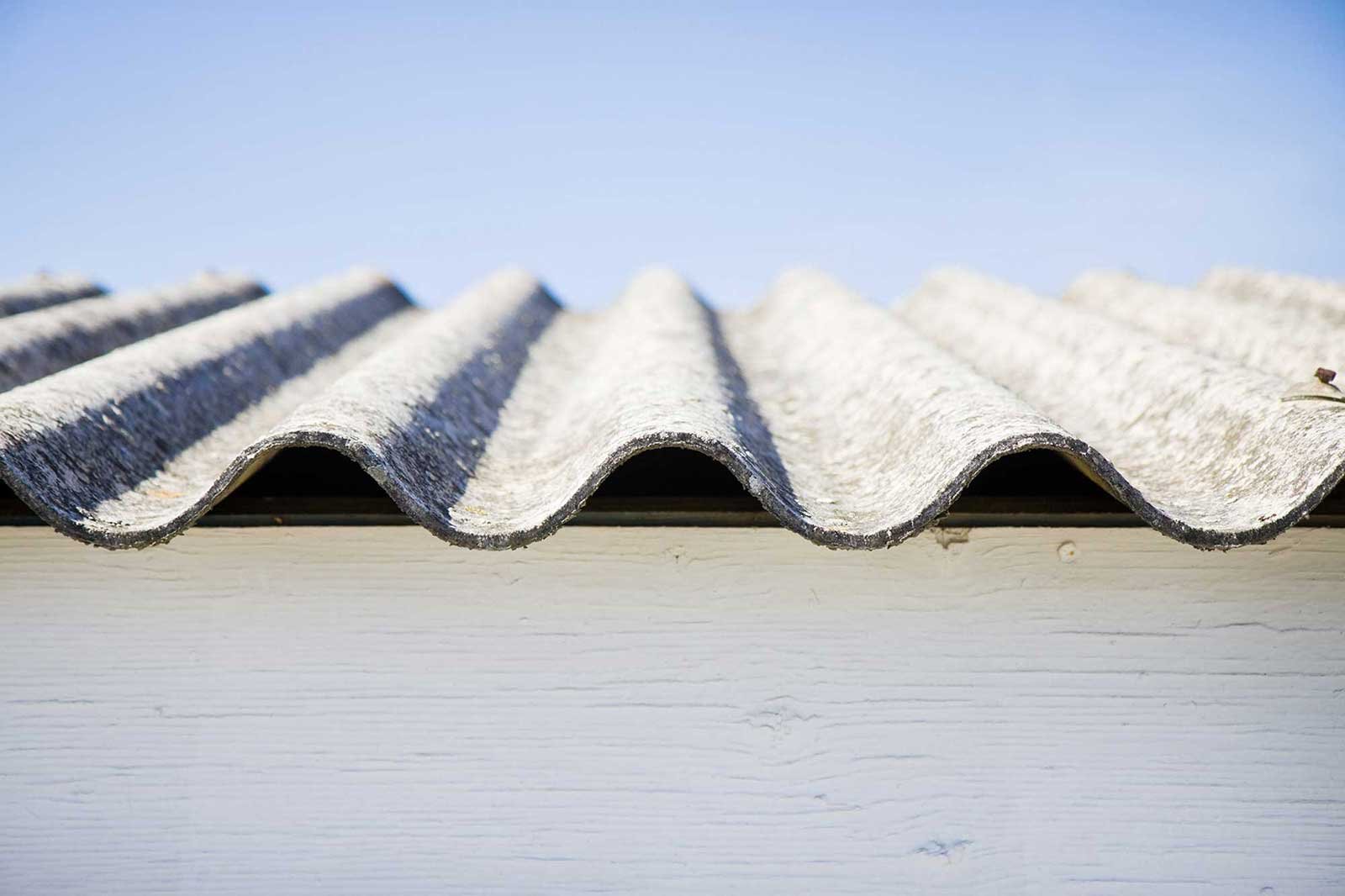




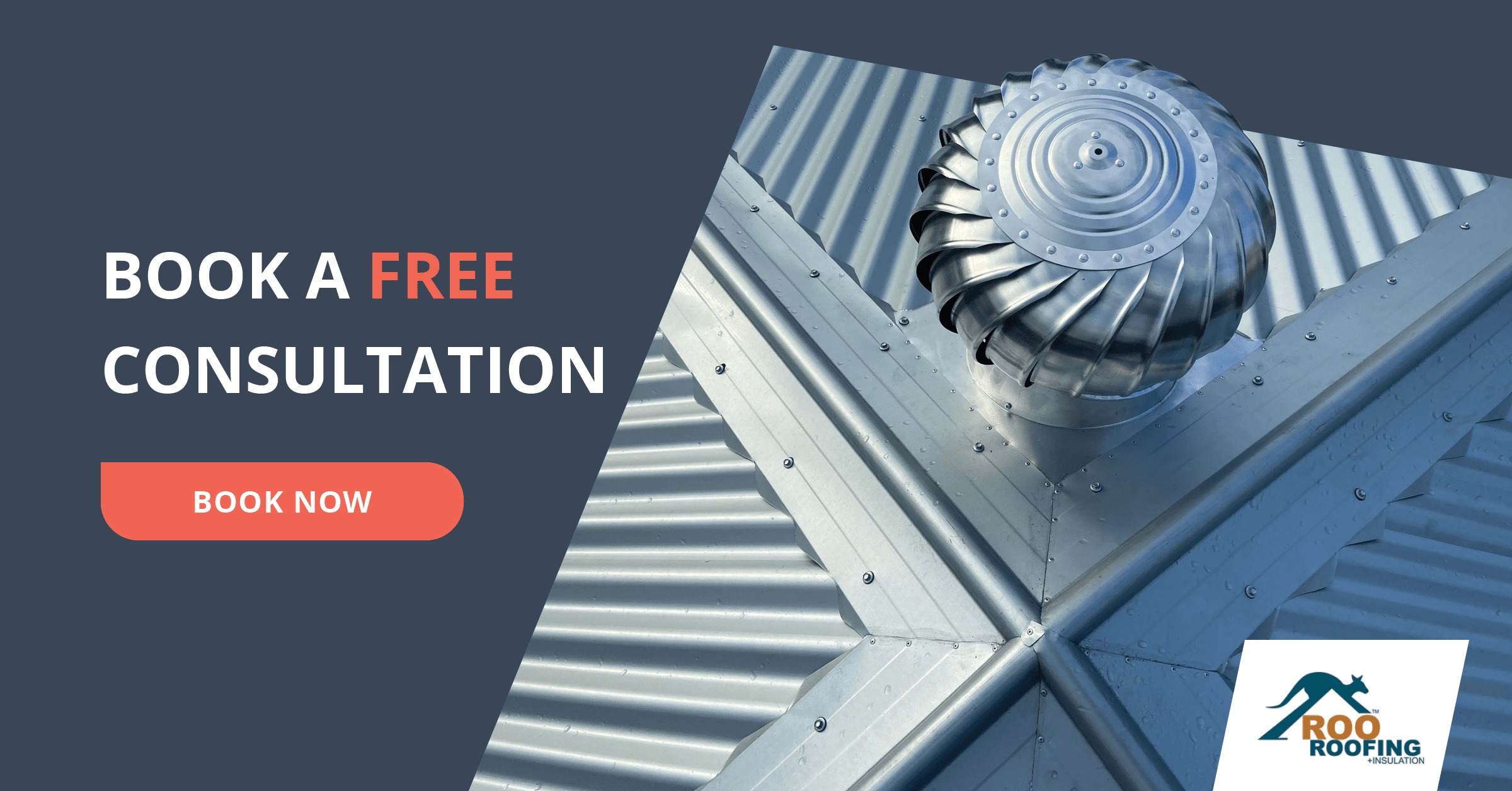
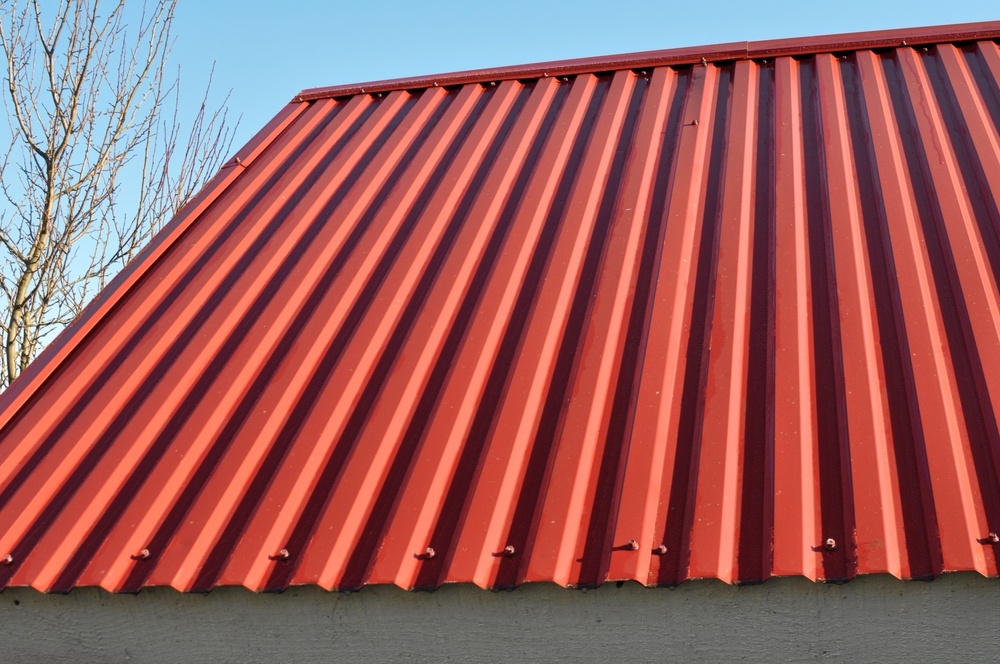
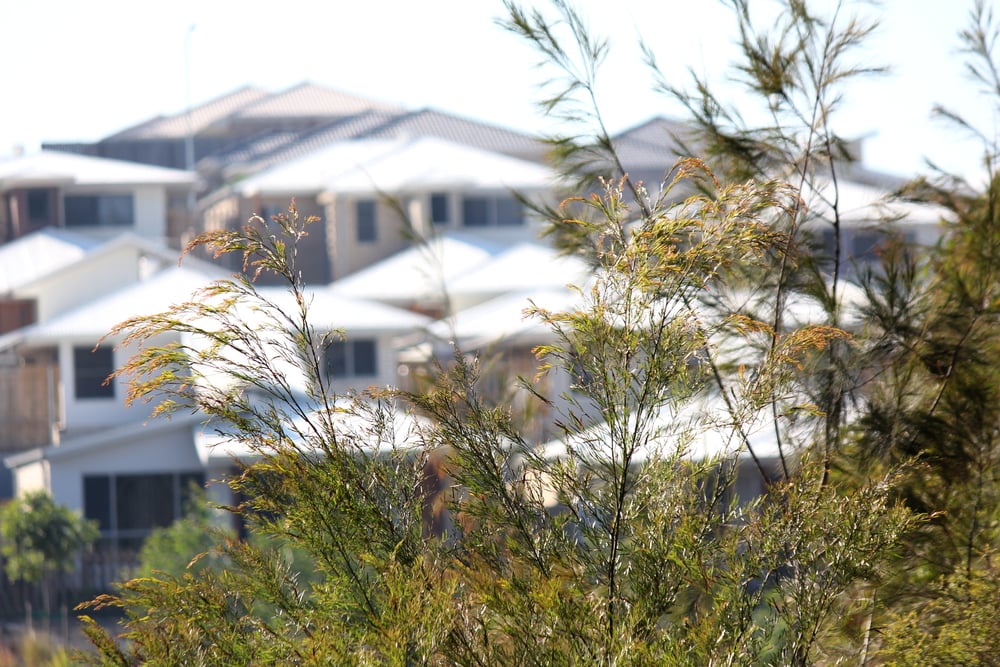

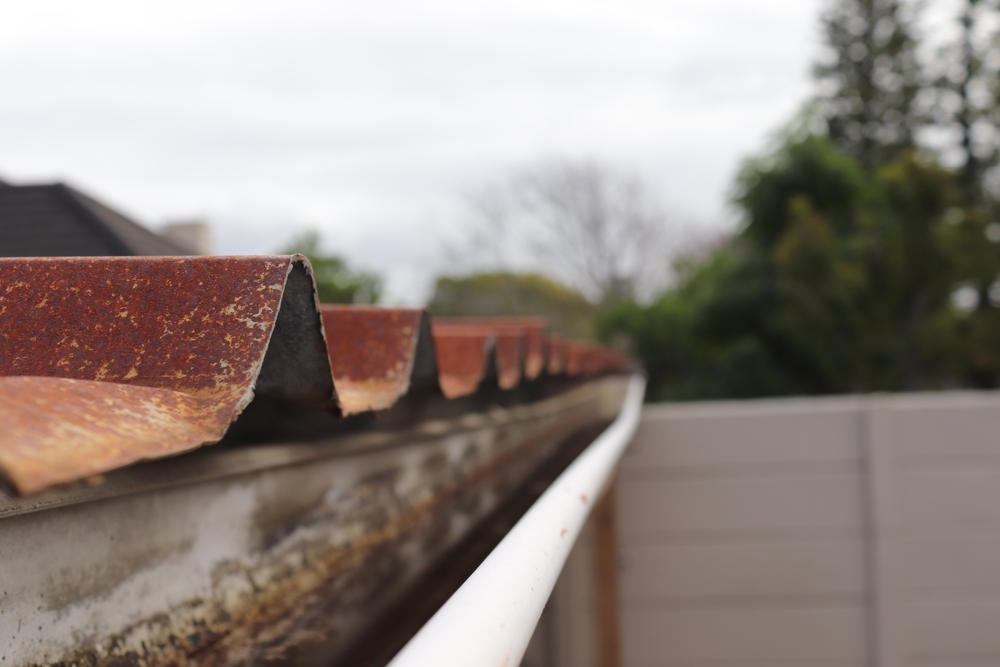
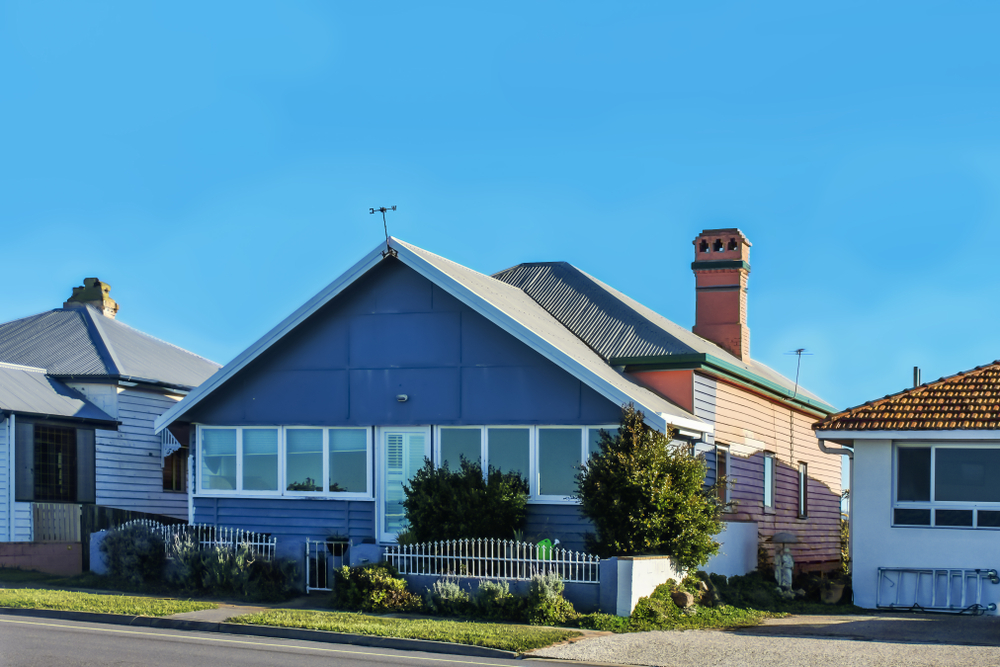
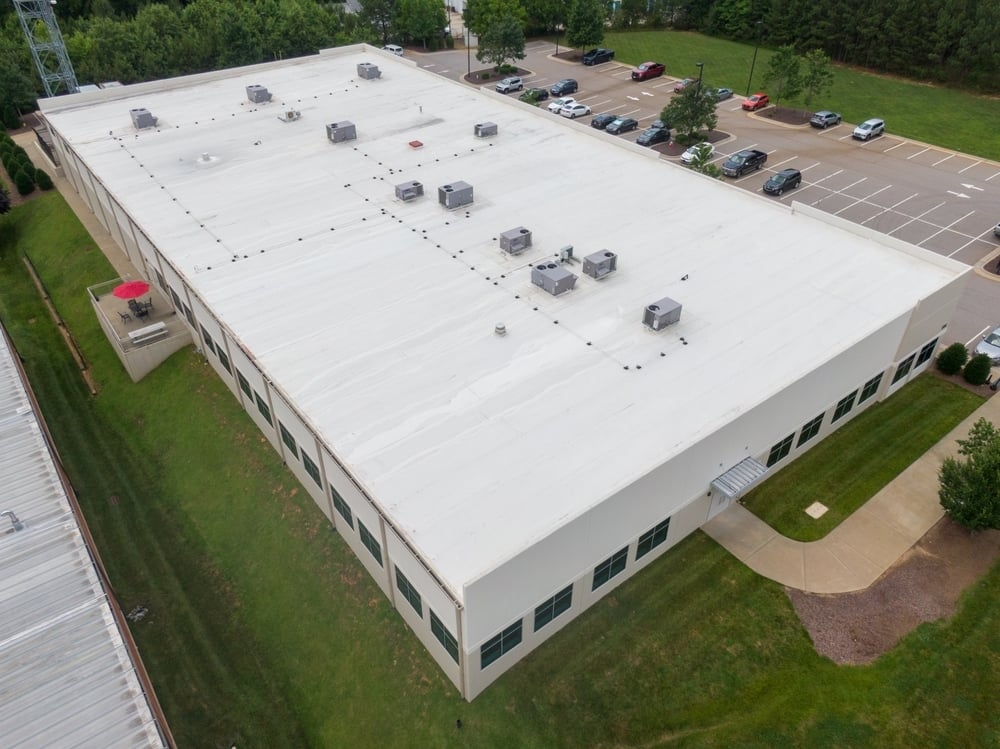
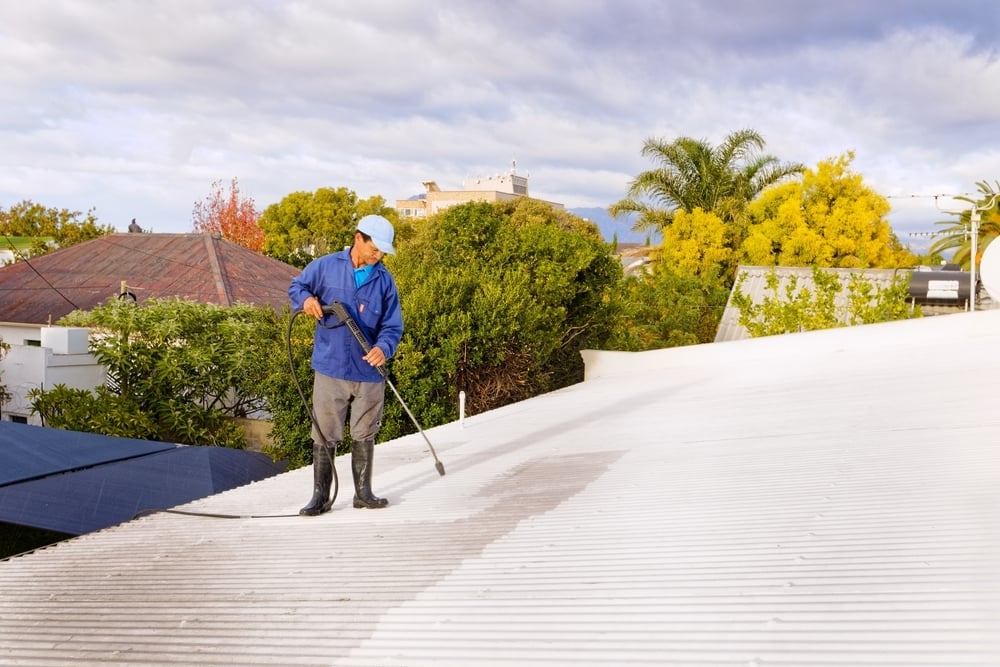
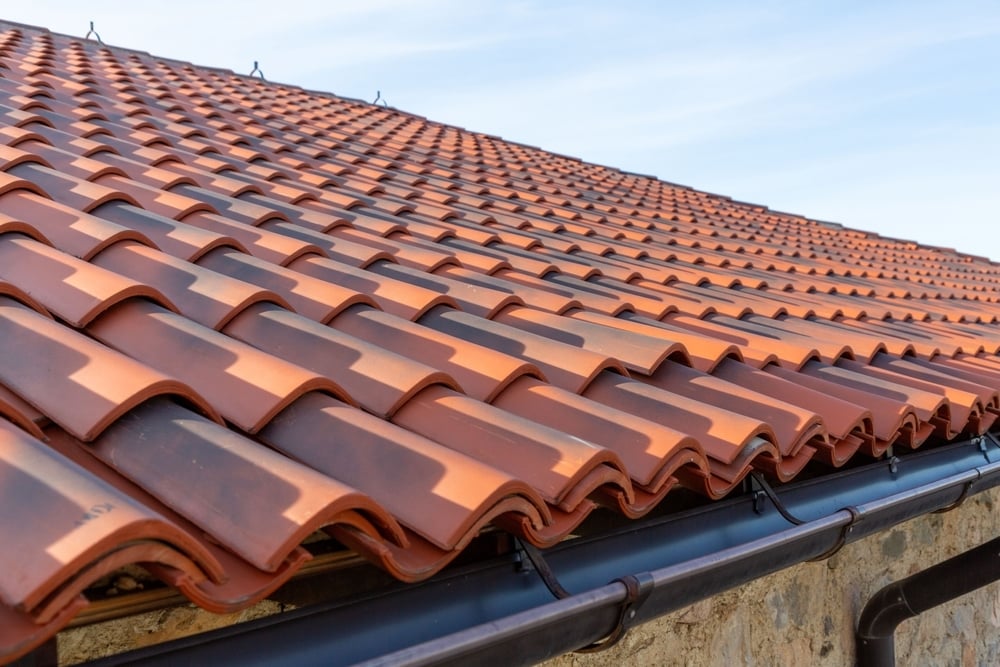
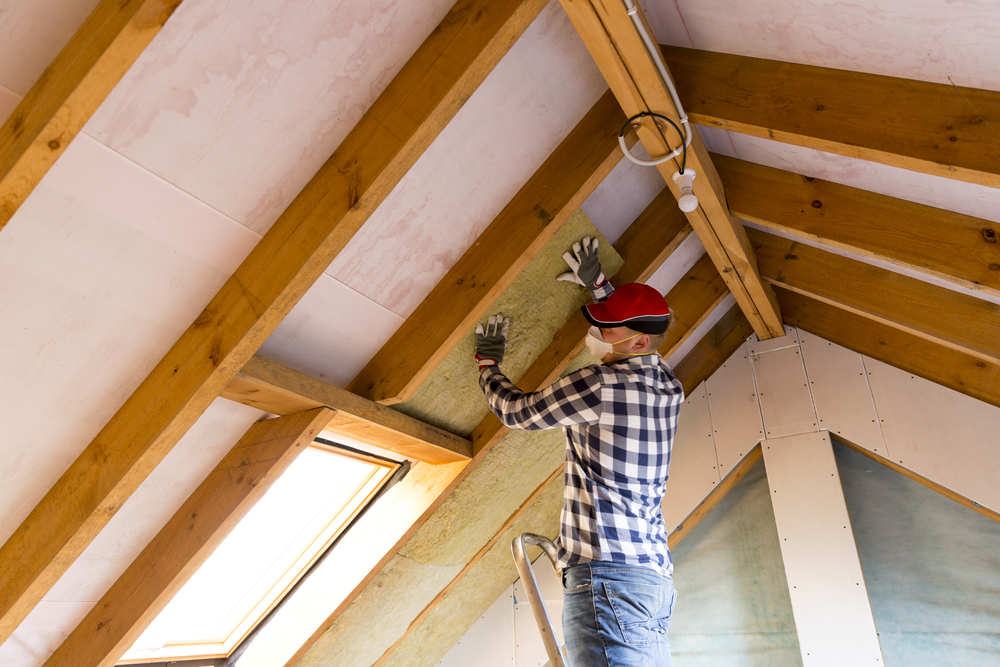
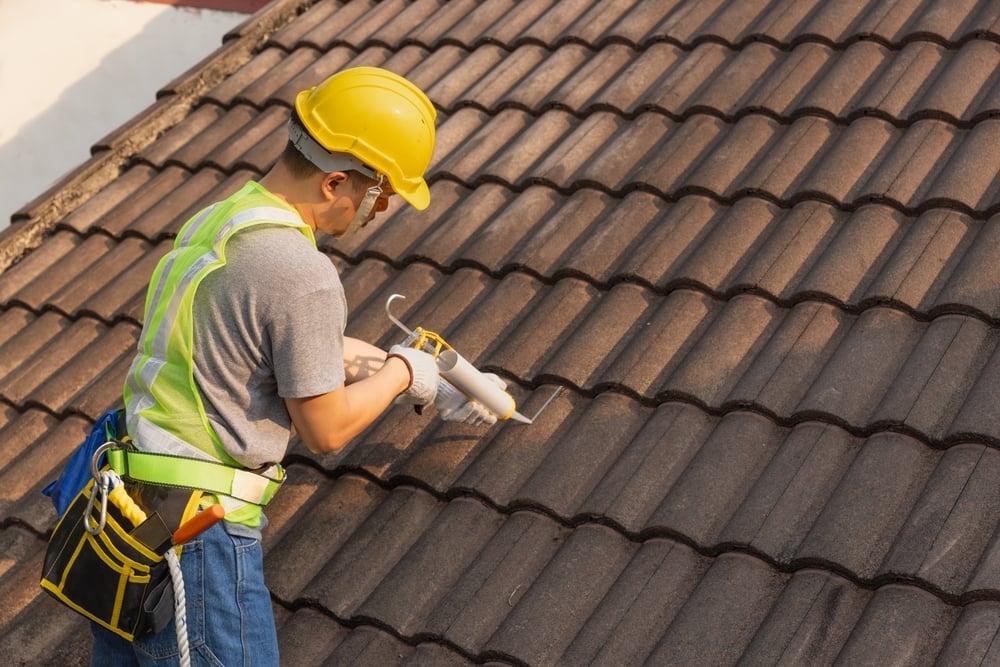
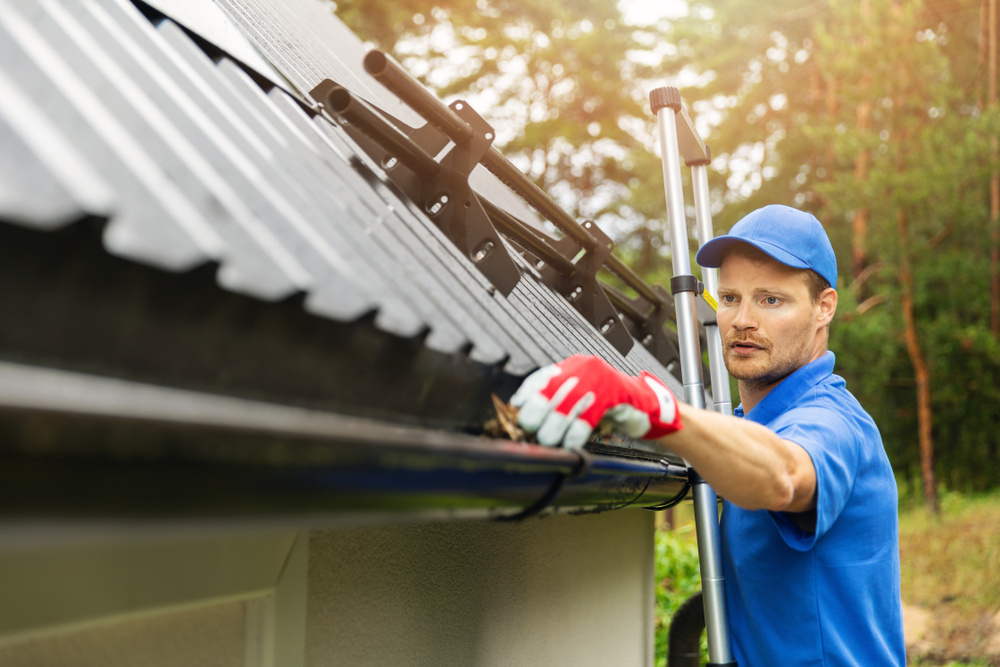

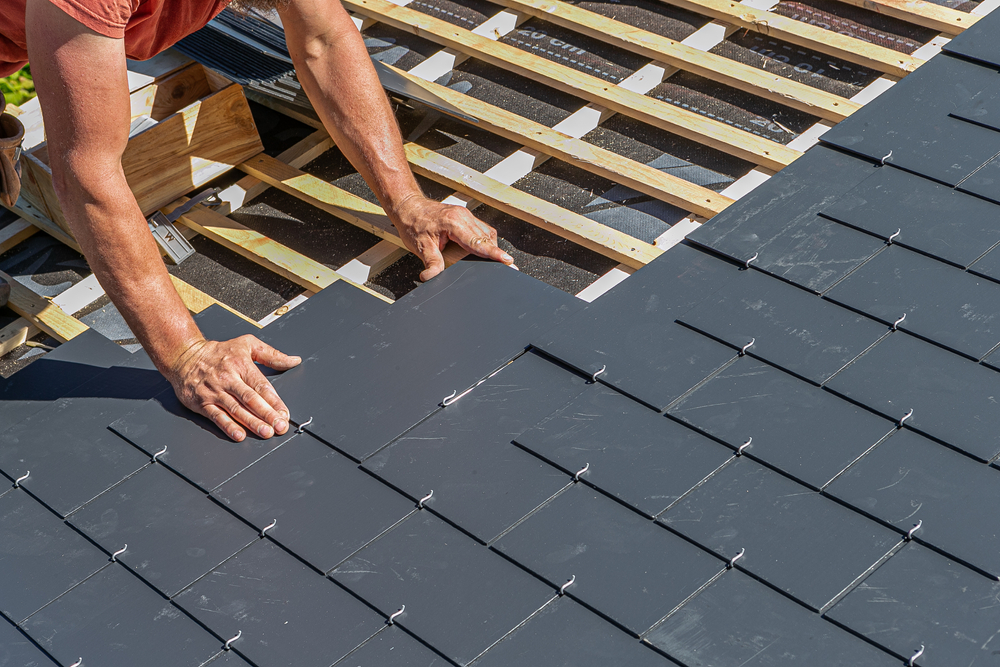
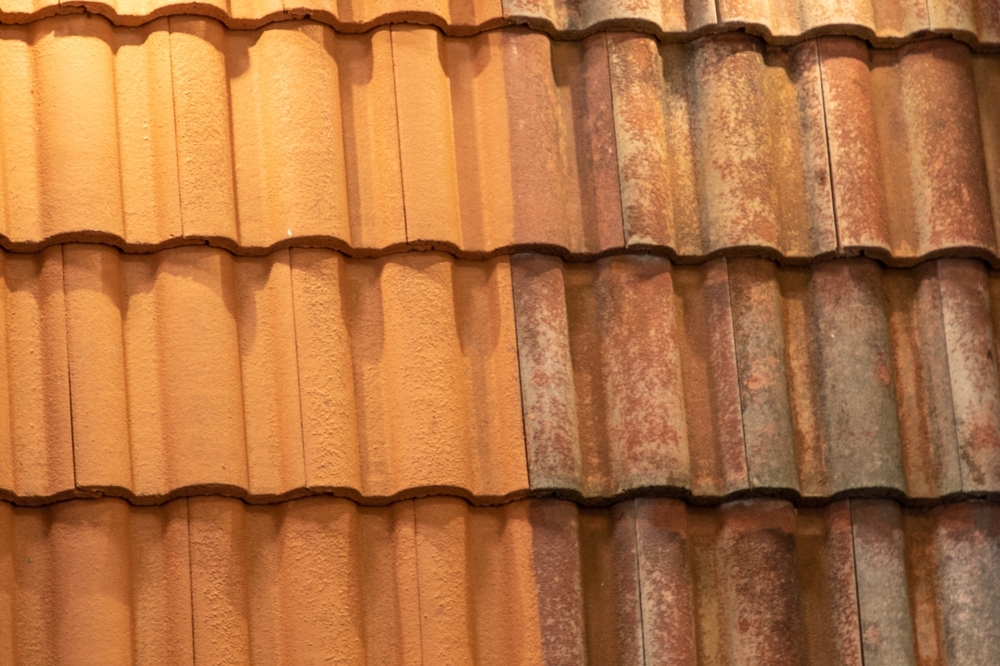
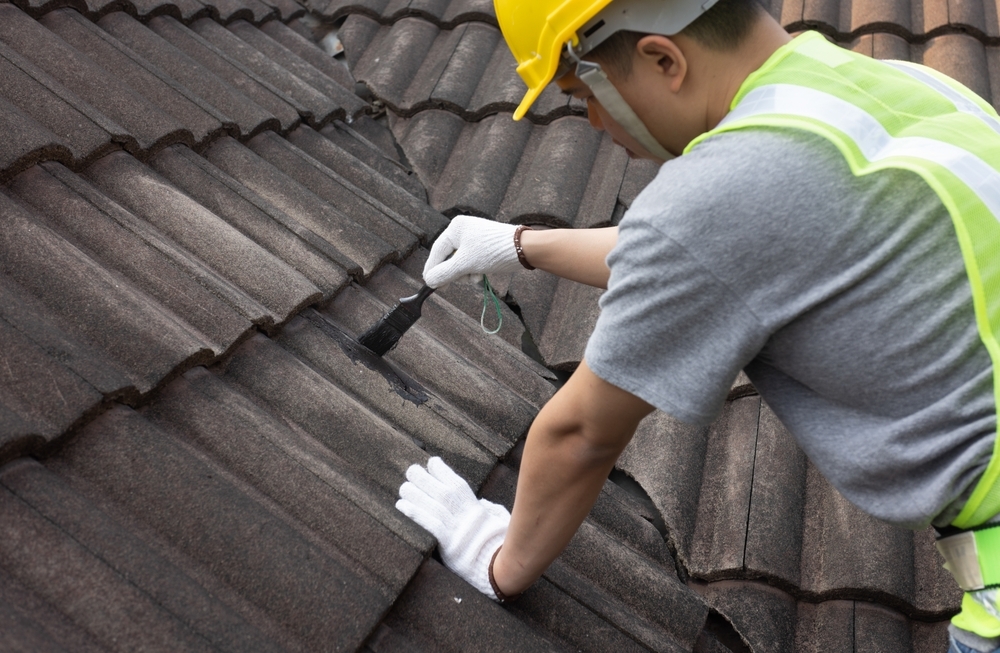
.jpg)
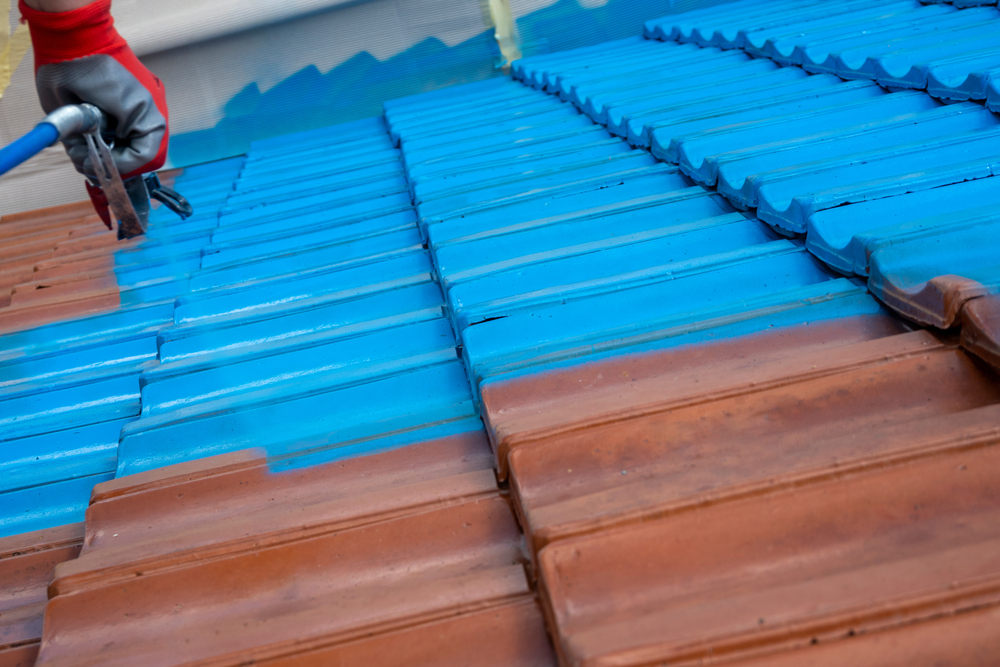
.jpg)
